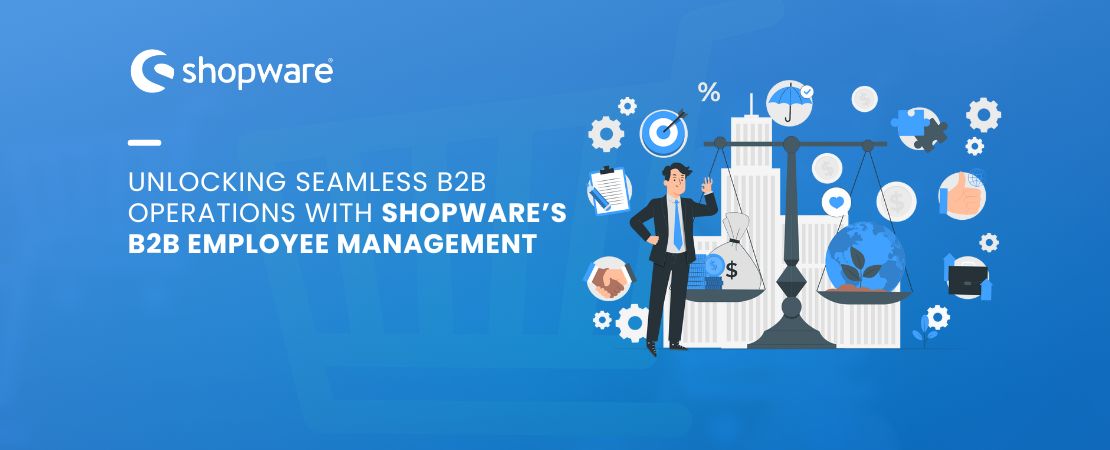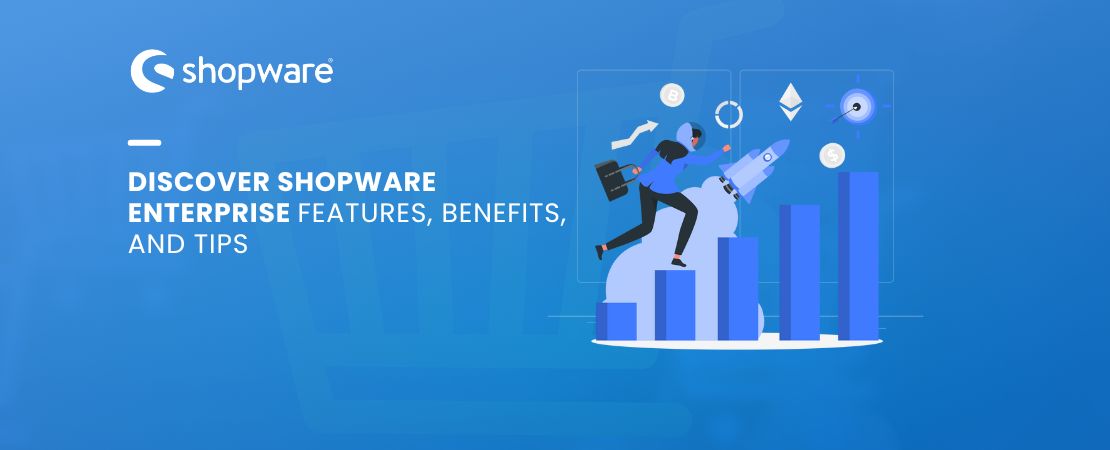Embarking on a migration journey for your e-commerce store in 2023? You’re in the right place! Our latest blog post, ‘Step-By-Step Guide on Shopware Migration in 2023,’ is your ultimate roadmap to a successful transition. In the ever-evolving e-commerce landscape, migrating to Shopware can be a game-changer, and we’re here to guide you through it. Join us as we explore the essential steps and best practices to ensure a seamless migration experience in the new year.
-
Preliminary Analysis & Backup
Define the Scope: Determine which data (products, customers, orders, etc.) you’ll be migrating.
Backup Everything: Before making any moves, ensure you have a complete backup of your existing store.
-
Choose the Right Migration Tool
Many tools available in the market can assist with the Shopware migration process. Research and select one that suits your specific needs, ensuring it’s updated for 2023 standards.
-
Prepare Your Shopware Store
Set Up a Shopware Account: If you haven’t already, create your Shopware account.
Install Shopware: Ensure you’re using the latest version for 2023 to benefit from all the new features and security updates.
Configure Basic Settings: Set up store information, language, currency, and other essential configurations.
-
Data Migration
Product Data: Migrate product names, descriptions, images, SKUs, prices, and variants.
Customer Data: Transfer customer names, emails, passwords, addresses, and order history.
Order Data: Shift order numbers, order statuses, products ordered, quantities, and prices.
-
Theme and Design Adaptation
Migrate your store’s design or choose a fresh Shopware theme. Adjust it according to your brand’s guidelines, ensuring a consistent and appealing look.
-
Migrate Extensions & Plugins
Not all plugins or extensions on your previous platform may be available on Shopware. Identify key functionalities and find corresponding plugins in the Shopware store. Remember to test each plugin for compatibility.
-
SEO Considerations
URL Redirects: Set up 301 redirects for your old URLs to maintain SEO rankings.
Meta Data: Migrate meta titles, descriptions, and keywords.
Generate a Sitemap: Submit your new sitemap to search engines to help with indexing.
-
Quality Assurance Testing
Before going live, thoroughly test your new Shopware store. Check product listings, payment gateways, plugins, and overall user experience.
-
Go Live and Monitor
Once satisfied, make your Shopware store live. Monitor the site’s performance, user engagement, and potential issues in the initial days.
-
Seek Feedback & Iterate
Always be open to feedback from your customers. Their insights can help refine the shopping experience further.
Migrating to Shopware in 2023 is a strategic decision aimed at future-proofing your e-commerce business. While migration can be a daunting task, following a structured approach ensures a smooth transition. Make 2023 the year your online store capitalizes on the robust capabilities of Shopware.



